Looking for ideas to add a modern flair to your ceiling? The ceiling is sometimes disregarded as a design element in home decorating. However, you can give every room in your house depth, dimensions, and personality with the correct modern ceiling texture. There are several ceiling textures, whether you want a contemporary, rustic, or traditional aesthetic.
There is a ceiling texture to suit every preference, from the classy and sophisticated appearance of a smooth finish to the dramatic visual impact of a popcorn texture. A skip trowel or stucco texture can lend a touch of grandeur or minimalism to your area, respectively.
The countless choices make it challenging to select the ideal ceiling texture. But don’t worry! To quickly turn your ceiling from an afterthought to a striking feature in your house, we’ve put up an array of the best ceiling textures you must try.
1. Popcorn Texture
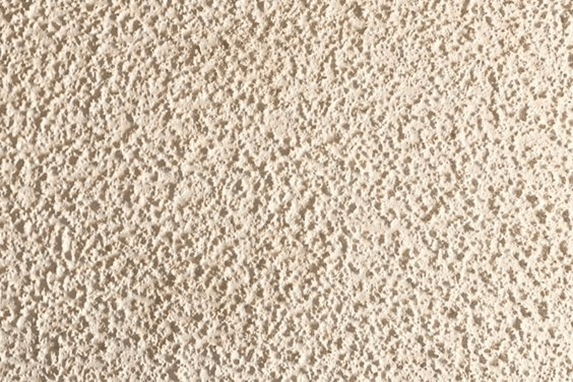
A standard ceiling texture that produces a distinctive appearance with tiny, popcorn-like bumps is characterized as popcorn texture, also referred to as acoustic or stipple texture. It became popular in the 1950s and 1960s as a technique to cover up ceiling flaws and dampen noise.
Spraying plasterboard mud and water onto the ceiling produces the texture by forming tiny, erratic bumps as it dries.
Although a room’s popcorn texture might give it a unique appearance, it can also be challenging to clean and fix, and its uneven surface might attract dust and make painting difficult. Nevertheless, with proper care, popcorn texture may give any area a distinctive and textured appearance.
2. Slap Brush Texture
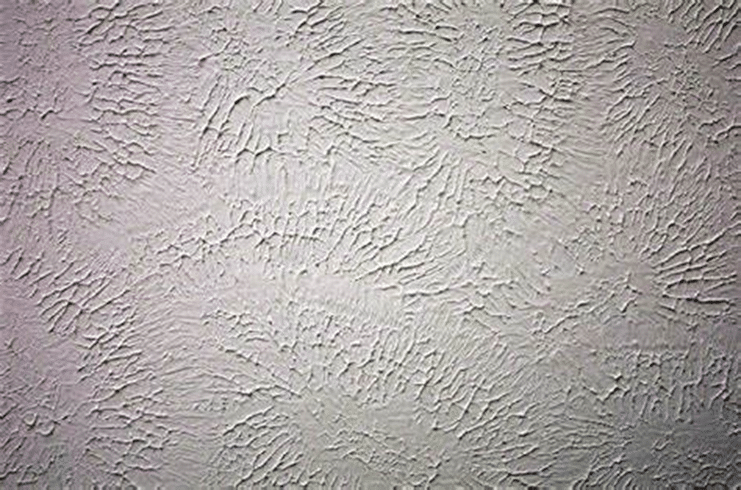
The distinctive and adaptable slap brush ceiling texture produces an eye-catching finish. Employing a stiff-bristled brush and joint compound to build a succession of tiny peaks and ridges on the ceiling gives it this texture.
The peaks are then “slapped” with a stippling brush to produce a textural effect that resembles a string of tiny fans.
From a mild, understated finish to a more prominent and dramatic effect, the texture of a slap brush can be altered to produce different levels of texture. Slap brush texture is a fantastic option for people looking for a one-of-a-kind ceiling finish due to its distinctive look.
3. Stucco Texture

A textured finish called stucco texture imitates the appearance of stucco on your ceiling. Any space can benefit from this texture’s sophistication and class, but Mediterranean or Spanish-styled rooms benefit.
A layer of joint cement or plaster is applied to the ceiling surface, and then an elevated, uneven finish that replicates the coarse, rough look of stucco is formed with a trowel or float.
Stucco texture can be coated following any color scheme or left untreated for a more organic, earthy appearance. It is a strong and long-lasting alternative for homeowners who wish to give their ceilings texture and personality.
4. Lace Texture

Lace texture is a refined and delicate ceiling pattern that gives any room a feminine touch. A joint compound is applied to the ceiling to create this texture, which is then embossed with a lace-like design using a trowel or stamp.
The design can be tailored to match several décor types, from old to modern, and it can be as complex or straightforward as preferred.
Lace texture can be painted to complement any color scheme or left untreated for a natural, grainy appearance. It’s a well-liked option for bathrooms, bedrooms, and other areas requiring a gentle and romantic atmosphere. Lace texture can give any space a dash of class and charm thanks to its exquisite and fragile appearance.
5. Knockdown Texture
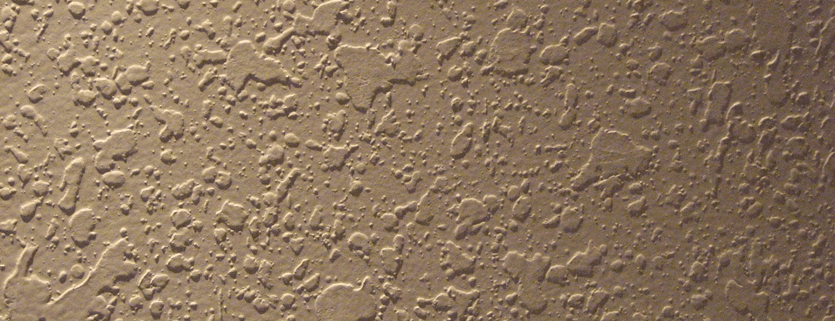
Knockdown texture is a prevalent modern ceiling texture that produces a distinctive and textured surface. A joint compound is sprayed over the ceiling to generate this texture, which is then flattened with a trowel or scraper to give the raised portions a somewhat flattened, “knocked down” appearance.
According to the desired impact, the final texture might be anything from a light, delicate texture to a heavier, more noticeable texture.
Knockdown texture is a flexible option that combines various interior design aesthetics, from modern to rustic. It may be painted to blend in with any color scheme, adding a captivating visual component to any space.
6. Skip Trowel Texture

The adaptable skip trowel texture on ceilings can achieve a delicate, plaster-like surface. A joint compound is first applied to the ceiling; then, the surface is skimmed or skipped over with a trowel to get a textured, stucco-like appearance.
This method can be tweaked to produce a variety of textures, ranging from a light texture with hardly noticeable peaks and valleys to a heavier texture with prominent peaks and valleys.
For those seeking a more opulent or elegant modern ceiling texture, skip trowel texture is a prominent option. It may add an intriguing aesthetic aspect to any area and go well with several decorating styles, including modern to rustic.
7. Orange Peel Texture
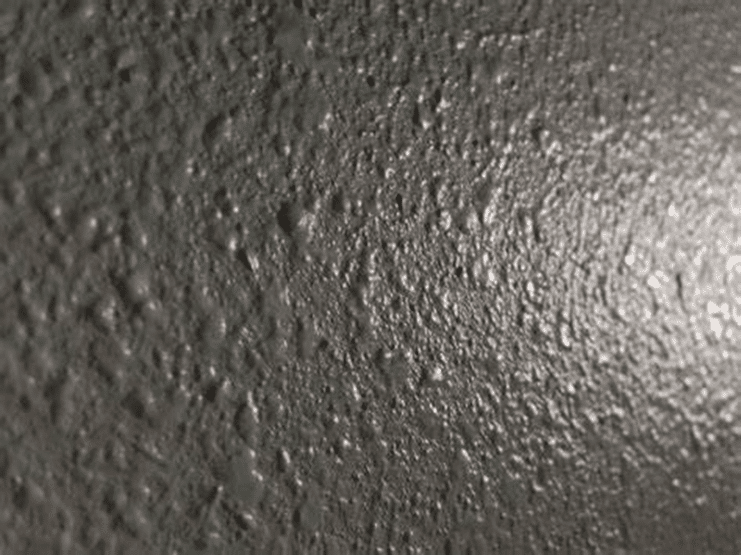
Popular ceiling textures like orange peel produces a soft, rough surface. Spraying joint material onto the ceiling while employing a hopper gun to make tiny, textured bumps that imitate the surface of an orange peel create this pattern.
Adjusting the final texture can produce a lighter, more understated surface to a heavier, more prominent texture. Orange peel texture is a preferred option for house owners who wish to give their ceilings depth and texture without the rough appearance of popcorn texture.
8. Crows Foot Texture
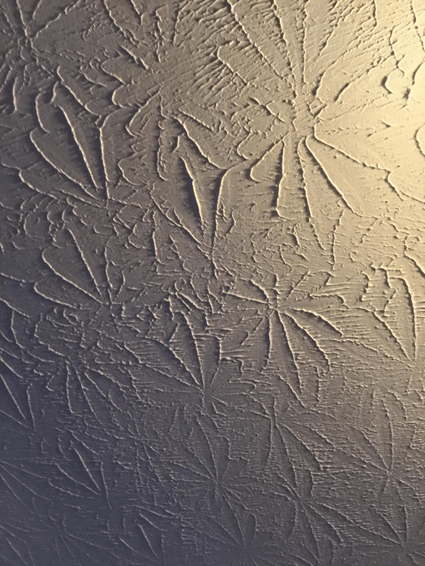
The crow’s foot texture is an eye-catching modern ceiling texture that provides aesthetic interest to any room. A joint compound is sprayed over the ceiling to create this texture, which is then embossed or painted in the shape of crow footprints.
Different textures can be produced using the resulting texture, ranging from a delicate, exquisite finish to a more prominent, dramatic effect.
For homeowners looking to give their ceilings some texture and flair without going as bold as knockdown or popcorn textures, crow’s foot texture is an attractive choice.
9. Sand Swirl Texture
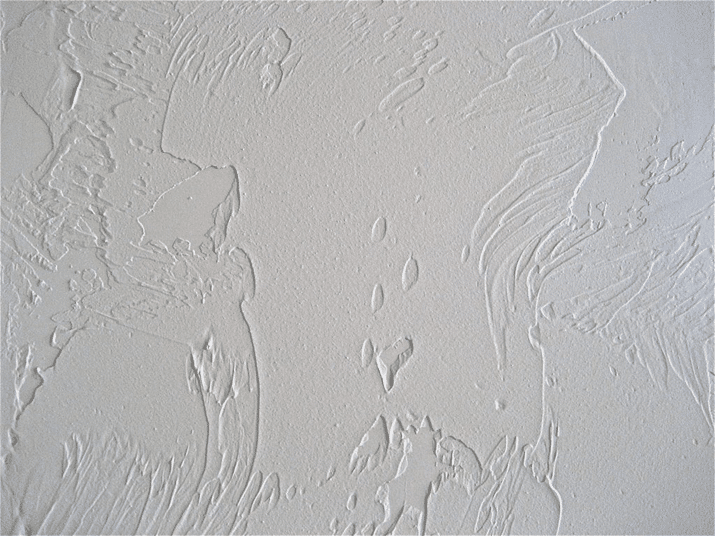
Popular ceiling textures that produce an intriguing finish include sand swirl textures. Sand and joint compound are combined to form this texture, which is then applied with a trowel to the ceiling.
Then, using a swirling motion, a unique pattern is produced. This pattern can be altered to produce different textures.
The sand swirl pattern is a subtle and beautiful touch that offers depth and aesthetic interest to any space. A practical option for homeowners who wish to update their ceilings without undertaking a total makeover is Sand swirl texture, which can conceal minor flaws on the ceiling surface.
10. Tuscany Texture
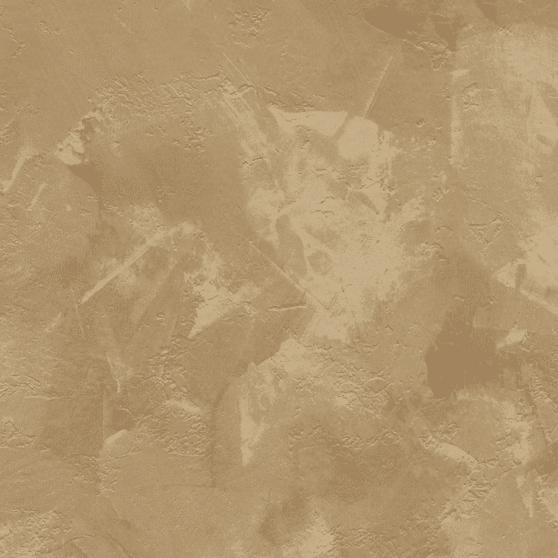
The Tuscany texture is a stunning and sophisticated modern ceiling texture that gives any room a hint of Old World charm. A joint compound is applied to the ceiling to create this texture, which is then troweled to provide a smooth surface with minor grooves and lines.
The color is then added to the grooves as an accent, giving the surface a rich, textured appearance reminiscent of the plaster walls of a Tuscan villa.
The Tuscany texture appeals to house owners who want to give their ceilings a dash of class and beauty. The Tuscany texture is a fantastic option for people looking for a polished and distinctive ceiling finish because of its timeless and classic appearance.
11. Swirl Texture
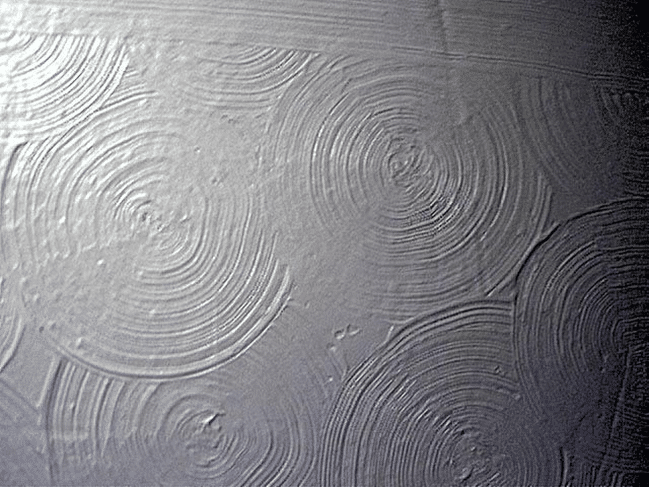
A ceiling texture with a vintage feel and swirl texture gives any space depth and personality. A joint compound is applied to the ceiling area using a trowel to generate this texture, which is then swirled using a sponge or brush to produce a recognizable pattern. Based on the desired impact, the texture’s intensity can be changed, ranging from a delicate, fragile swirl to a more noticeable, textured appearance.
For homeowners looking to add a hint of antique charm to their houses, swirl texture is a terrific option. It may go well with both classic and shabby chic décor. It is a versatile option for any room because it can be painted to fit any color theme.
12. Spanish Knife Texture

The Spanish knife texture is a striking, eye-catching ceiling pattern that produces a bold and vibrant finish. A unique trowel known as a Spanish knife produces a sequence of sweeping lines and curves on the ceiling after applying a joint compound. The lines are then rounded off and combined to provide a distinct textured surface resembling ocean waves.
Spanish knife texture is a well-liked option for homeowners who want to give their ceilings a little drama and interest. Spanish knife texture is a fantastic option for individuals looking for a unique and memorable ceiling finish because of its stunning and unusual appearance.
13. Hawk and Trowel Texture
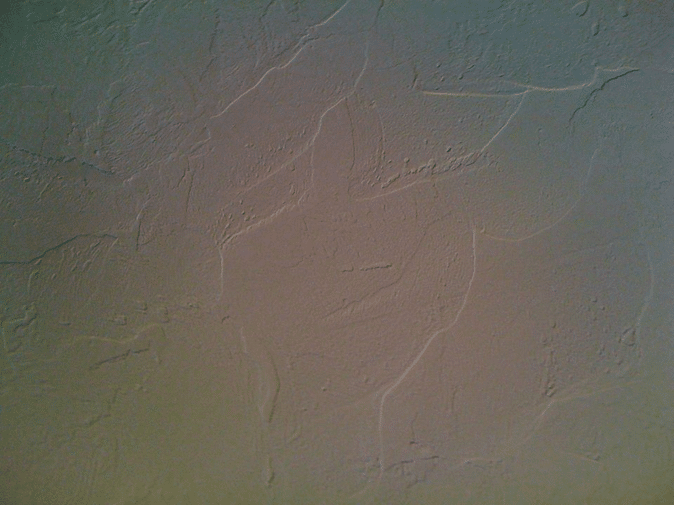
The hawk and trowel texture is an eye-catching and fascinating modern ceiling texture, which produces a textured surface. Applying joint compound to the ceiling with a trowel and spreading and smoothing it with a hawk, a flat rectangular instrument, will help you achieve this texture. The compound is then textured and overlaid by a succession of lines and ridges made with the trowel.
The method can be modified to produce textures at different intensities, ranging from a delicate and understated finish to a more prominent and dramatic result. Hawk and trowel texture is a fantastic option for individuals looking for an exclusive ceiling finish because of its distinctive appearance.
14. Rosebud Texture
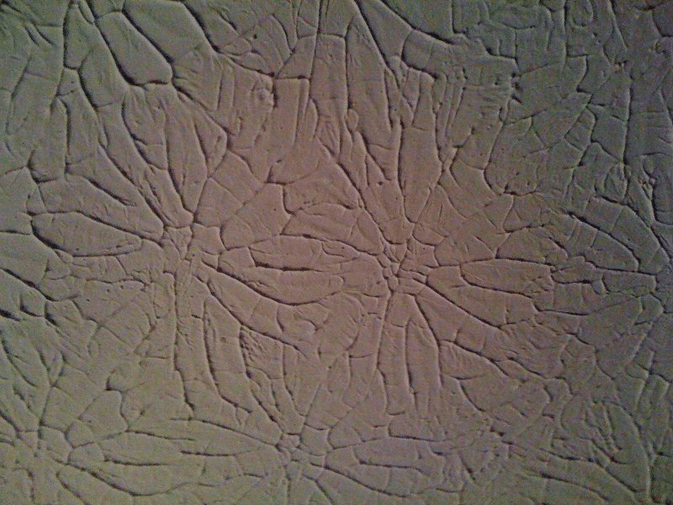
You may complete the aesthetic of your ceiling with the subtle, elegant rosebud texture. To achieve this appearance, use a hopper gun to spray a mixture of joint compound and water over the ceiling in a series of tiny, circular drops. The drips must then be spread out using a trowel to give them a rounded, smooth texture resembling a rosebud’s petals.
The rosebud texture is a desirable option for homeowners wishing to add a touch of refinement and elegance to their ceilings. Rosebud texture is a fantastic option for individuals looking for a sophisticated and remarkable ceiling finish because of its peculiar and exquisite appearance.
Tips for Maintaining Your Modern Ceiling Texture
A room’s ceiling textures give it depth and personality, yet they may additionally get damaged over time. The appearance and durability of your modern ceiling texture can be preserved with proper upkeep. You may follow these suggestions for maintaining the texture of your ceiling:
- Dusting: Use a soft-bristled brush or a Hoover attachment using a soft brush to dust the texture of your ceiling frequently. By doing this, you’ll assist in clearing the surface of any debris and dust that can build up and diminish the texture’s appearance.
- Cleaning: To clean the texture of your ceiling if it becomes filthy or soiled, use a soft cloth and a mild cleaning agent. Avoid using abrasive cleaners or appliances that can harm the texture.
- Painting: Pick a premium paint suitable with the texture material if you want to paint the texture on your ceiling. Avoid covering the area with too much paint by evenly applying it with a roller or sprayer.
- Repair: Fix your modern ceiling texture when it becomes damaged, flakes, or peels. Before painting, patch in any gaps or cracks using a joint compound and level out the surface.
Maintaining the Beauty and Longevity of Your Ceiling Texture
Ceiling textures are versatile and appealing, giving a room visual appeal and dimension. Depending on your taste and preferences, several options ranging from the familiar popcorn texture to the sensitive rosebud texture. Nevertheless, it’s crucial to properly care for your ceiling texture through routine maintenance and upkeep to preserve its durability and attractiveness.
Heeding the advice above, you can keep your modern ceiling texture appearing new and vivid for years. Your ceiling texture will stand out in your home whether you pick a big, spectacular, or subtle and beautiful texture.
Frequently Asked Questions
What Is the Most Common Texture for Ceilings?
Because it can disguise flaws and is inexpensive, popcorn texture is one of the most common ceiling textures. It produces a rough, bumpy surface that aids in sound absorption and covers flaws, making it a preferred option for many homes.
Can I Paint the Texture on My Ceiling?
Yes, you may paint most ceiling textures; however, using the right paint and application technique is essential to avoid oversaturating the surface. If you want to give your ceiling a fresh, contemporary look, you can paint the texture to match the color and style of the surrounding space.
How Can I Fix a Ceiling Texture that Is Broken?
Before painting, patch in any gaps or cracks using a joint compound and smooth out the surface. For a consistent and fixed finish, sand the repaired area to guarantee a seamless mix with the underlying texture before painting or adding additional texture.





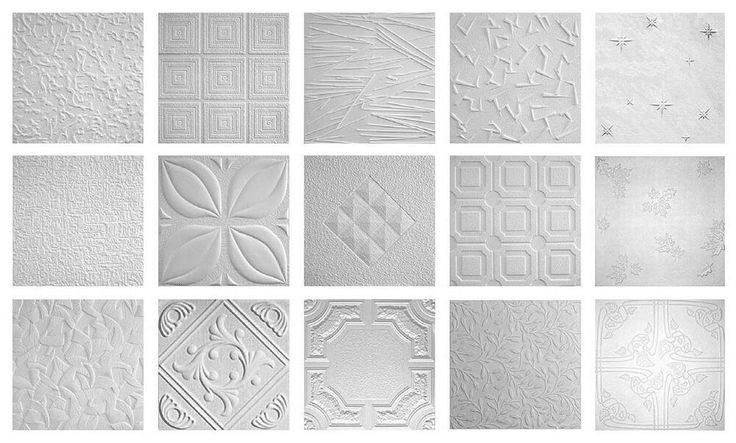


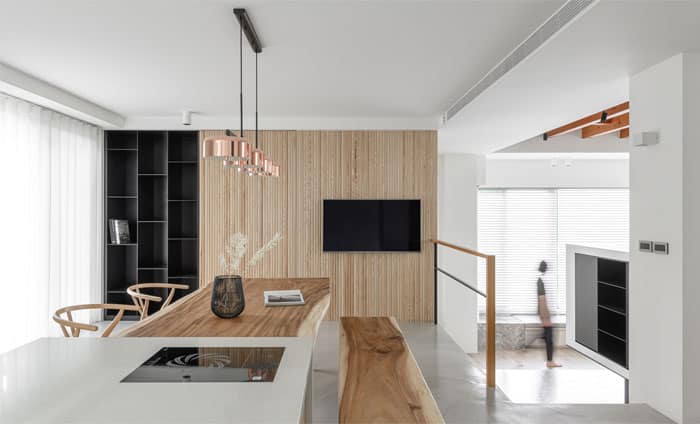


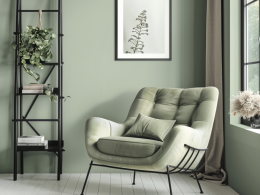
Comments 3